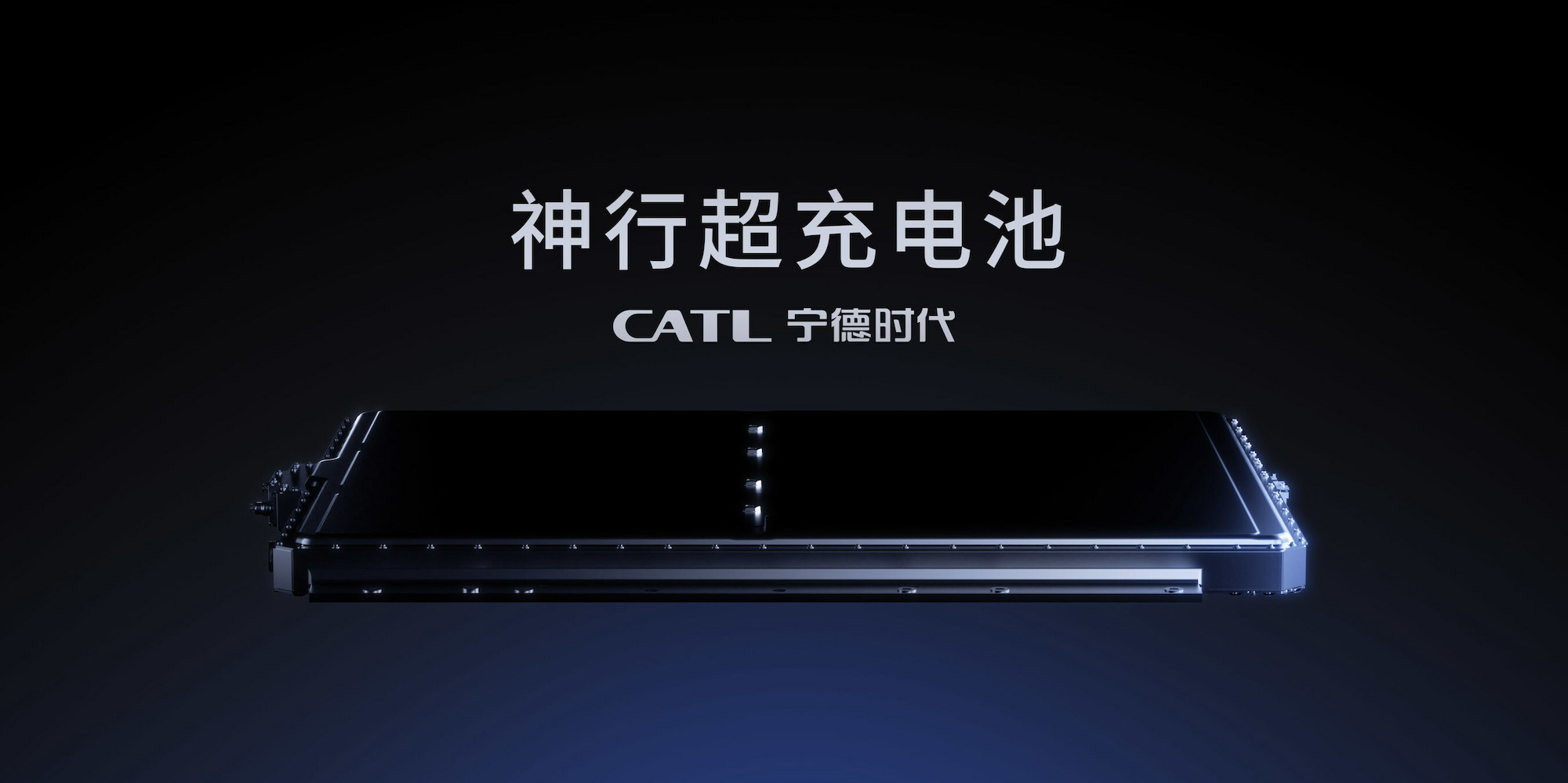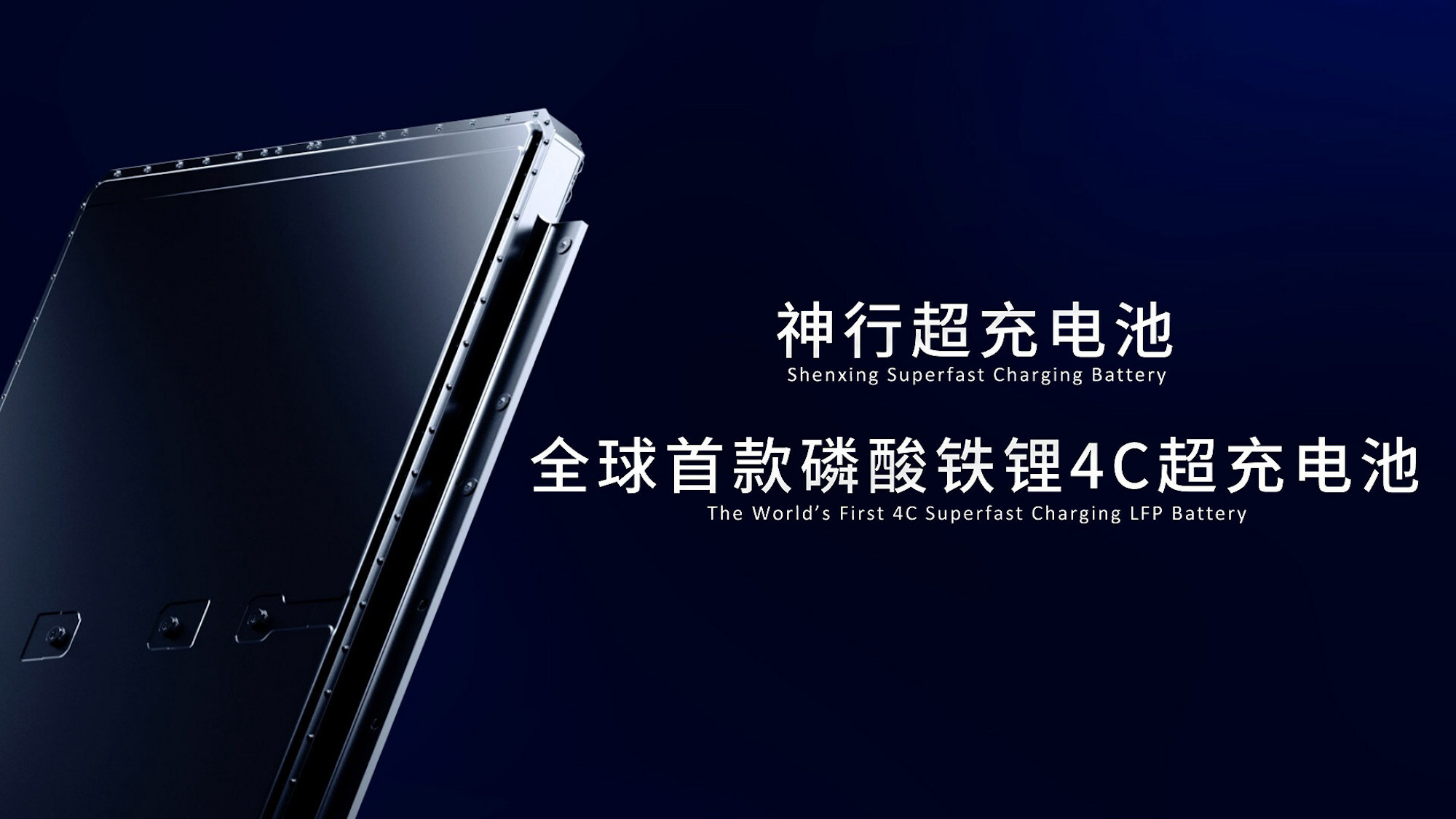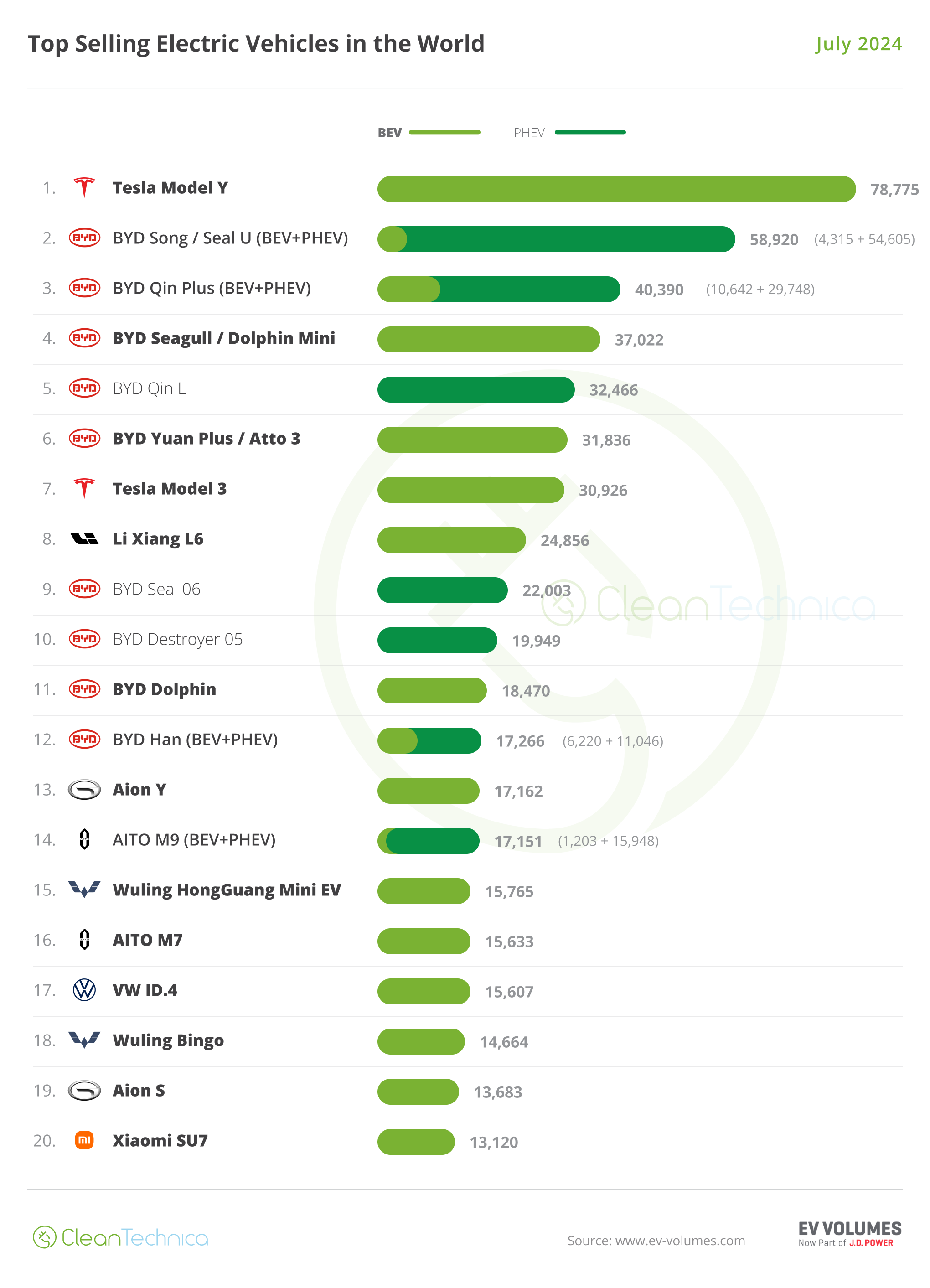
The world’s largest battery producer, CATL (Contemporary Amperex Technology Co., Limited), has made a big announcement today. At a product launch in Ningde, China, the company announced that it’s on the verge of producing an LFP battery that can charge at a superfast rate of 4C — the fastest ever for an LFP battery. The name of this battery is “Shenxing,” and it will go into mass production by the end of 2023.
What does that mean in terms that a normal person can understand? That means the battery will be able to gain 400 km (250 miles) of range in just 10 minutes of charging. This is for a battery with 700 km (435 miles) of range on a full charge.
LFP batteries already benefit from something in the range and charging arena. Whereas more typical lithium-ion batteries shouldn’t be charged to 100% except in scenarios where it’s really needed, and it’s generally recommended to charge to 80% (or even 60–70%), it’s fine to charge LFP batteries to 100% every day. So, in essence, that already extends the normal daily range of an EV with an LFP battery. However, for road trips, max range is max range, and that’s what this new fast-charging capability is really useful for anyway — that and regular charging for people who live in condos or other places without home charging.
“Currently fast charging anxiety has become the top factor that stops consumers from shifting to EVs,” CATL writes. “Focusing on the very nature of electrochemistry, CATL continues its innovation in material and electrochemistry and system structure in an all-round way, achieving superfast charging, high energy density and high level of safety at the same time in a creative manner. Shenxing pushes beyond the boundaries of the performance of LFP chemistry, leading innovation in the battery industry.”
What this will mean as far as new electric cars and the cost of those electric cars, we don’t know. However, we should have more announcements on that this year, as the first electric vehicles using these batteries will be on the market in the first quarter of 2024. We’ll get a better sense for how commercially competitive the Shenxing battery is by then at the latest. We may have a hint that this really is a transformative improvement, though. At the launch, Dr. Wu Kai, Chief Scientist of CATL, said: “As EV consumers shift from pioneering users to ordinary users, we should make advanced technology accessible for all and enable everyone to savor the fruits of innovation.” That’s a bold comment in association with the battery announcement. The company also said that Shenxing batteries will “accelerate” the adoption of EVs “worldwide.”
To close, CATL included a list of somewhat technical notes about what it did with this Shenxing battery to make it so good:
- Accelerating extraction of lithium ions. Shenxing leverages the super electronic network cathode technology and fully nano-crystallized LFP cathode material to create a super electronic network, which facilitates the extraction of lithium ions and the rapid response to charging signals.
- Improving lithium ion intercalation rate. For graphite innovation, CATL’s latest second-generation fast ion ring technology is used to modify the properties of graphite surface, which increases intercalation channels and shortens the intercalation distance for lithium ions, creating an expressway for current conduction. Furthermore, a multi-gradient layered electrode design has been developed to strike a perfect balance between fast charging and long range.
- Decreasing resistance of lithium-ion movement. CATL has developed a brand-new superconducting electrolyte formula, which effectively reduces the viscosity of the electrolyte, resulting in improved conductivity. In addition, CATL has improved the ultra-thin SEI film to reduce resistance of lithium-ion movement.
- Improving transmission rate of lithium ions: In terms of separator, CATL lowered the transmission resistance of lithium ions with high porosity and shortened average transmission distance.
- Delivering a range of over 700 km. CATL has developed a trailblazing all-in-one grouping technology on top of the integration of the internal crossbeam and end plates featured in its CTP 3.0 technology, achieving high integration and high grouping efficiency. It enables Shenxing to reach a range of over 700 km, breaking the limits of the performance of LFP chemistry.
- Charging as normal at low temperatures. At room temperature, Shenxing can charge to 80% SOC in 10 minutes. Meanwhile, CATL leverages cell temperature control technology on system platforms to ensure that cells heat up to the optimal operating temperature range rapidly, allowing a 0-80% charge in just 30 minutes in temperature as low as -10°C, and uncompromised 0-100 kph acceleration performance at low temperatures.
- Safety First. The upgraded electrolyte and the separator with a highly safe coating are used to provide a dual protection of the Shenxing battery. By regulating the global temperature field inside the cells using intelligent algorithms, CATL has built a real-time fault testing system that can solve the problems brought about by fast refueling, enabling a high level of safety for the Shenxing battery.
That list was bookended by subheadings with two broad goals: 1) “Redefine LFP battery to alleviate charging anxiety” and 2) “Achieve mass production by the end of 2023, usher in the era of superfast charging.” Bold goals. What do you think? Is this a transformational new battery from CATL?
I don’t like paywalls. You don’t like paywalls. Who likes paywalls? Here at CleanTechnica, we implemented a limited paywall for a while, but it always felt wrong — and it was always tough to decide what we should put behind there. In theory, your most exclusive and best content goes behind a paywall. But then fewer people read it! We just don’t like paywalls, and so we’ve decided to ditch ours. Unfortunately, the media business is still a tough, cut-throat business with tiny margins. It’s a never-ending Olympic challenge to stay above water or even perhaps — gasp — grow. So …








